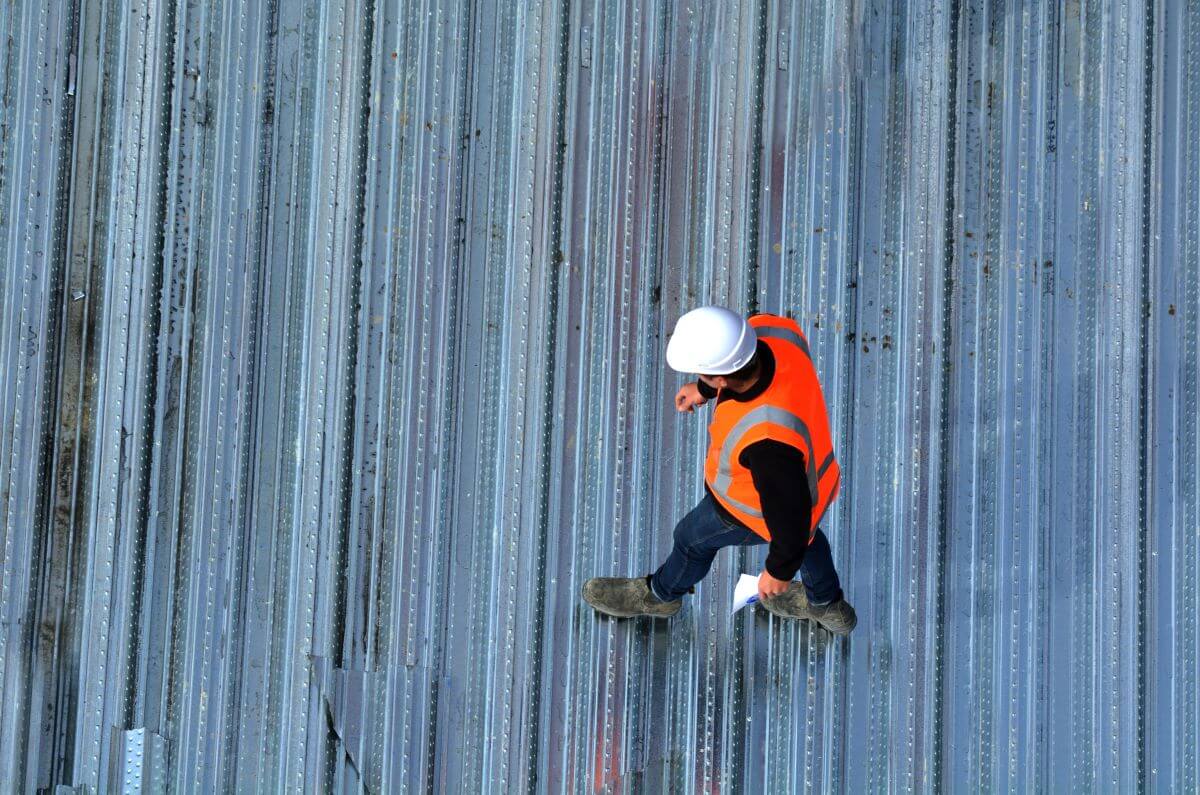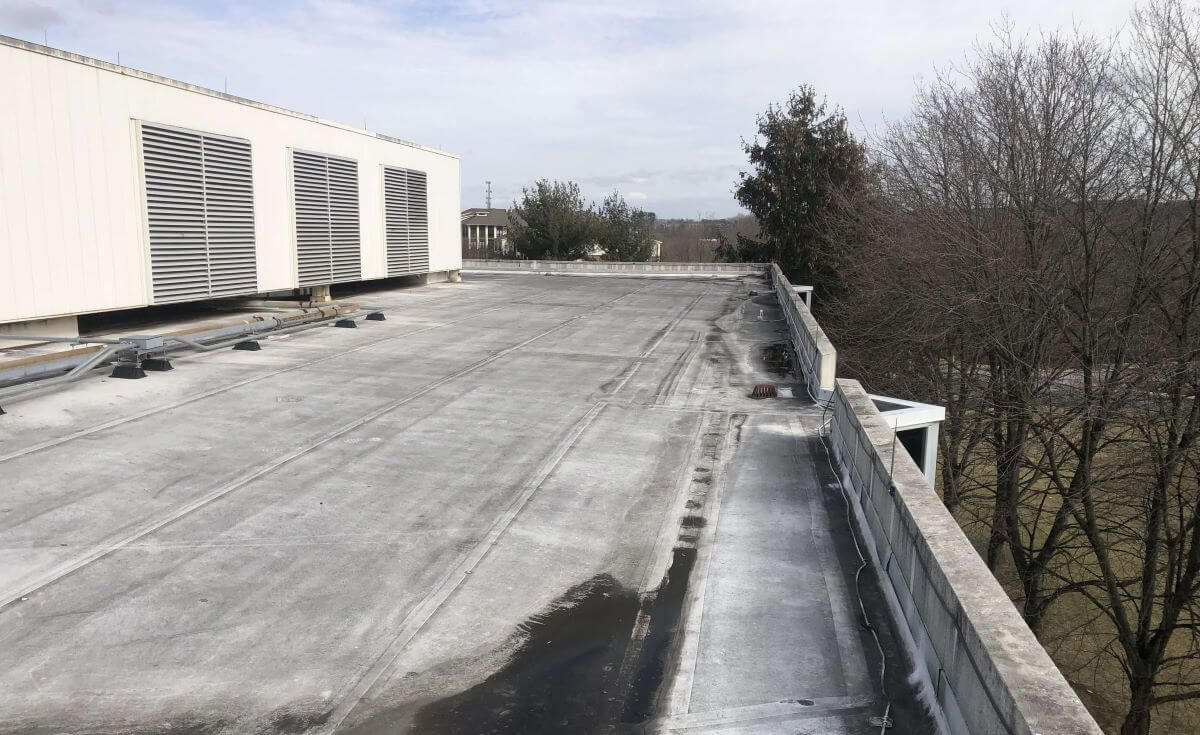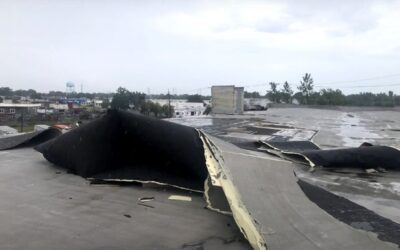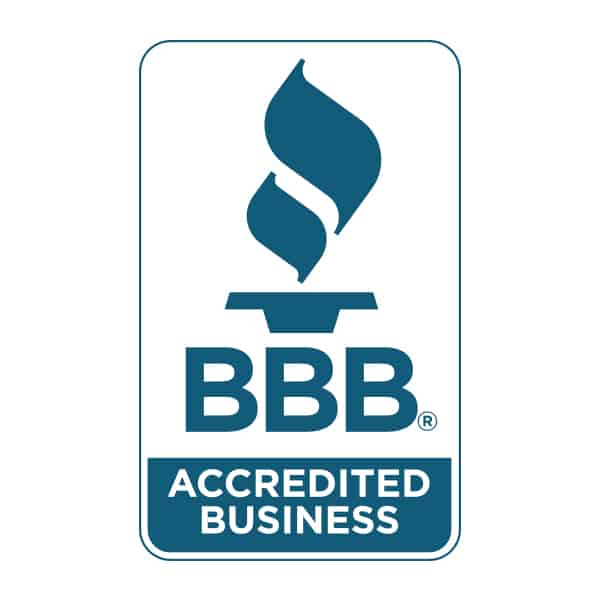If you are a property manager or owner of a commercial flat-roof building, the decision about when to resurface, recover, or overlay your roof is crucial for its longevity and performance. To determine the optimal timing, you should consider the life cycle of your existing roof membrane.
Timing
Generally, most membranes have a lifespan ranging from 15 to 25 years. Waiting until the membrane starts to fail and you have water entering the building can lead to a degradation of the roof substrate, potentially harming the entire building. If you let it go too long, the roof will become saturated, the roof deck may become compromised, and you will be looking at a full tear-off and replacement with possible deck remediation.
Building Codes

Options
It’s important to differentiate between a restoration and a resurface because they are sometimes confused with one another. A roof coating (restoration) involves applying a protective coating to restore the roof’s waterproofing properties and shield the membrane from UV light and degradation. A roof resurfacing (recovery or overlay) installs a totally new roof layer on top of the existing one.
The other key difference between a flat roof restoration and resurface is that a roof coating (restoration) cannot be applied over top of a wet substrate, emphasizing the importance of addressing issues before they escalate. Once you let the substrate get damaged, you have to remove it. Not only that, when you remove a roof down to the deck and the building is conditioned, you have to bring the roof system back up to insulation code. That can be expensive.
An Ounce of Prevention

Do not let the roof “go” and then wonder why it can’t be brought back to life. Taking preventive measures now can save you unnecessary expenses in the future.











Add your first comment to this post